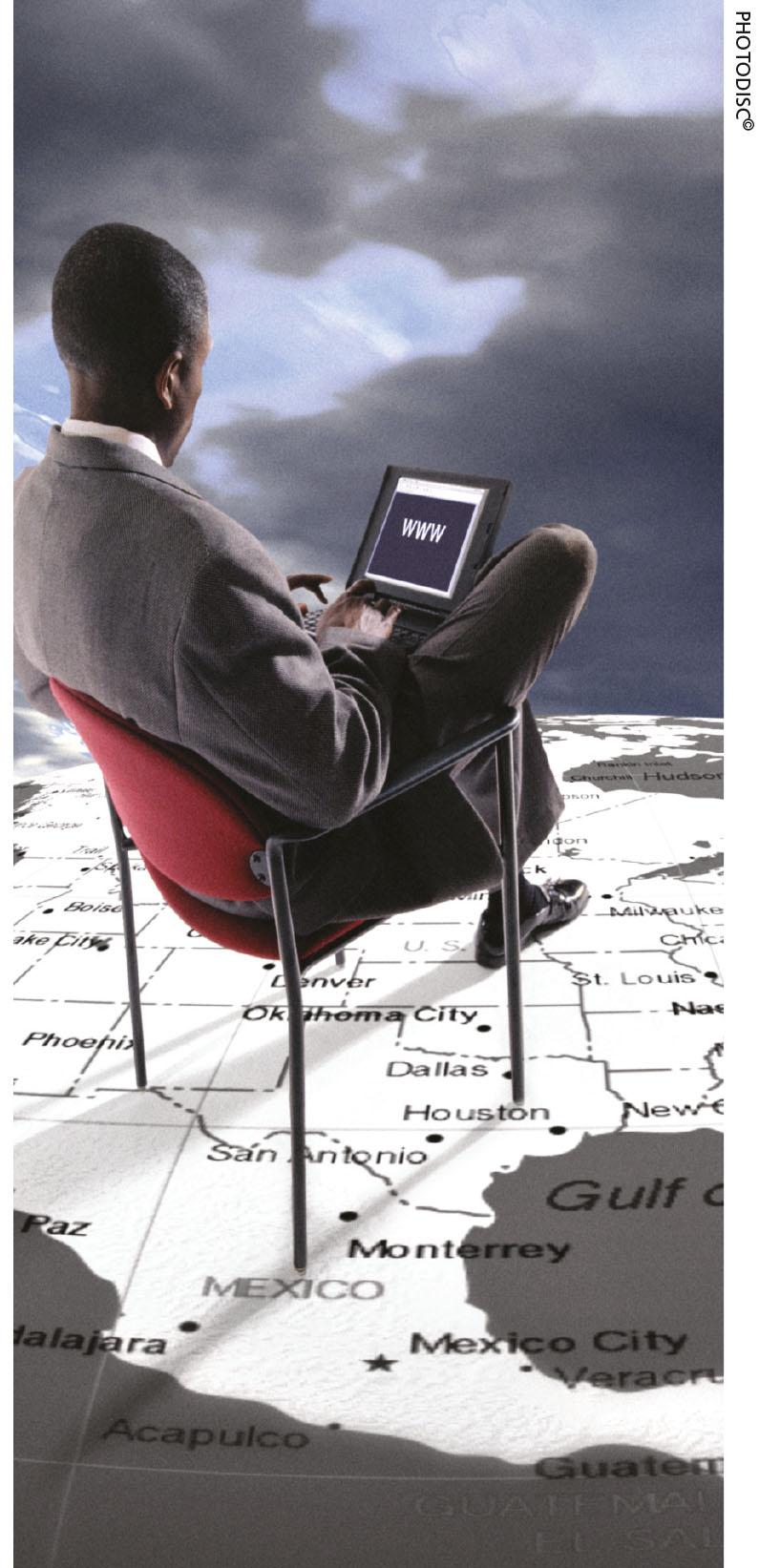MANAGEMENT ESSENTIALS
LMD ARCHIVES (FEBRUARY 2013)
THE LEADERSHIP TRUTH
Archana Law points to trust as a crucial element of management
Recently, a lack of trust in financial markets resulted in the deepest recession since the Great Depression. And it continues between banks, businesses and consumers, making economic recovery slow and painful.
Today, political battlefields, sports arenas, courtrooms as well as boardrooms paint a dismal picture of trust. Research from the corporate world shows that only 49 percent of employees trust senior management, with
a mere 28 percent believing CEOs are a credible source of information. You wonder if this is a wake-up call to return to the fundamentals; leadership isn’t easy and yet, it’s all about relationships. When leaders walk the talk, others are more likely to follow.
On the other hand, growing concern about leaders not being competent to handle tough challenges, telling lies and being motivated by reasons other than a genuine interest in customers, employees or the organisation indicates a deepening crisis.
This crisis of trust we are experiencing compels us to ask three questions. Is there a measurable cost of mistrust within organisations? Is there a tangible benefit to trust? And how can the best leaders build trust in their organisations, and reap its benefits?
Most people are ignorant about – or choose to turn a blind eye to – organisational and societal consequences of low trust, though the impact is quite tangible with real-world outcomes.
A lack of trust places a hidden tax on transactions, with every communication, interaction, strategy and decision consuming more time and escalating costs. In 2004, the estimated cost of complying with federal rules and regulations in the United States (put in place due to a lack of trust) was US$ 1.1 trillion. This is more than 10 percent of the nation’s Gross Domestic Product!
By contrast, individuals and organisations that have earned and operate with high trust experience the opposite – a performance multiplication that enables them to succeed and move with incredible speed. A recent Watson Wyatt study shows that high-trust companies outperform low-trust firms by nearly 300 percent!
The purchase of McLane Company by Berkshire Hathaway in 2003 is an outstanding example of high trust, high speed and low cost. Following a two-hour meeting, the US$ 23 billion acquisition was finalised in under a month.
Warren Buffett said at the time: “I trusted Wal-Mart – which owned McLane… and the people I worked with. I knew everything would be in exactly the order they said it would be – and it was. We did no due diligence.”
And in 1980, co-founder of Great Place to Work Institute and author Robert Levering interviewed thousands of associates working at companies reputed to be good employers. The survey revealed that the quality of the interactions employees had with management and with each other, as well as with their jobs and communities, mattered more than salaries or benefits. Levering defined a great workplace as one in which employees trust the management, have pride in what they do and enjoy the people with whom they work.
The ability to establish, grow and extend – as well as, where needed, restore – trust among stakeholders is a critical leadership competency today. It is a skill that can be learned, applied, understood, measured and improved.
Some leaders think that credibility is achieved as soon as it’s demonstrated and earned. On the contrary, the process
of building and sustaining trustworthiness is continuous. It begins with accepting end-to-end personal responsibility, understanding actions and their likely consequences, and taking necessary action. But it must be renewed daily in everything we do!
The gift of another’s trust and confidence is well worth the struggle. It’s essential in meeting the challenges of leading people to places they have never been to before.
So how do the best leaders build trust?
Trust is a level of confidence born of two dimensions: character (integrity, motive and intent with people) and competence (capabilities, skills, results and track record).
Both dimensions are vital. You might think a person is sincere, even honest, but you won’t trust that person fully if he doesn’t deliver results. And the opposite is also true, where somebody has great skills, talent and a good track record, but can’t be trusted due to dishonesty.
Organisations recognise that economic consequences can be expected when trust is absent. Everything will take longer and cost more because of the steps needed to compensate for the lack of trust. Quantifying these costs leads to the stark realisation that low trust is not merely a social issue, but also an economic matter. The dividends of high trust can be quantified, enabling leaders to make a compelling business case for trust.
The creation of trust is a specific objective like any other goal that’s focussed on, measured and improved. The best way to do this is to make an initial baseline measurement of organisational trust, and then track improvements over time.
Transformation starts with building credibility at a personal level. The foundation of trust is your own credibility, and it can be a differentiator for any leader. A person’s reputation is a direct reflection of his credibility, and it precedes him in all his interactions and negotiations.
Earning trust through trustworthy behaviour is like making deposits into a trust account of another party. Working together involves a collective willingness to know one another as human beings, not as demographic categories, psychometric profiles, departmental statistics or employee numbers.
As Craig Weatherup, former CEO of PepsiCo, says: “Trust cannot become a performance multiplier, unless the leader is prepared to go first.” The best leaders always lead with an intentional propensity to trust, as opposed to mistrust. This is not blind trust without expectations and accountability, but smart trust with clear expectations and strong accountability that’s built into the process.
Let’s face it, trust impacts us every day. It undergirds and affects the quality of every relationship, communication, project, business venture and effort in which we engage.




